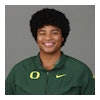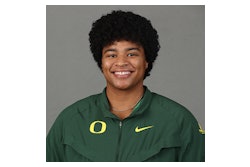The 10 recipients of the 2021 Seal of Excelencia announced by Excelencia in Education are diverse in location, size and composition but unified in their unwavering commitment to intentionally serve Latino students.
Excelencia in Education co-founder and CEO Deborah Santiago commends the deliberate and clearly articulated mission of these institutions in accelerating Latino student success. “They are having measurable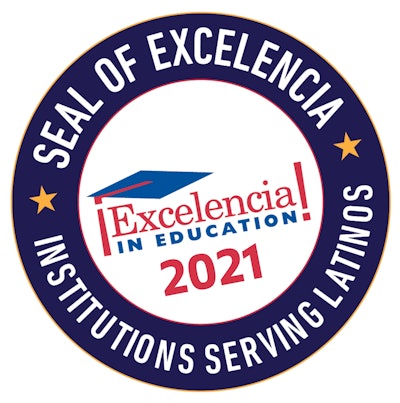
Beginning in 2019, three core areas lead to receiving the Seal of Excelencia: (1) data, (2) practice and (3) leadership must show evidence of effectiveness in institutional practices serving Latino students. This includes positive momentum, dedication to creating an environment in which Latino students can thrive and leadership strategies that demonstrate institutional focus on Latino student success.
Even during the pandemic and time of racial reckoning, these institutions have sustained their mission, says Excelencia co-founder and president Sarita Brown. “We are proud that, by creating the Seal of Excelencia, we have catalyzed a transformation in higher education,” says Brown.
Here are the 2021 recipients presented in alphabetical order:
California State University, Fresno
Situated in California’s San Joaquin Central Valley, an agricultural region, 55% of Fresno State’s 19,000 undergraduates are Latino and 67% are first-generation. The four-year institution charges the lowest fees in the Cal State system.

“Data on ITEP show that the overwhelming majority of teacher pathways students are Latino, which means that upon graduation they are also responding to diversification and equity needs of the K–12 schools, and more specifically a need for bilingual educators in the Central Valley,” says Dr. Patricia D. López, assistant professor in the department of curriculum and instruction. “Our ITEP graduates are also home-grown educators who stay in the region and many prioritize teaching in the communities where they attended school, which is a powerful display of community reinvestment on their part.”
California State University, Fullerton
Of Cal State Fullerton’s approximately 40,000 students, 46% are Hispanic. The university forges partnerships with the local community to provide research opportunities, internships and other hands-on learning experiences.
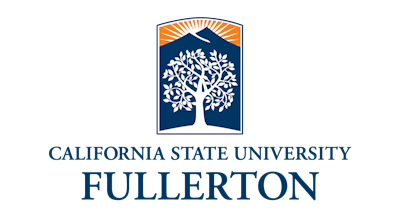
“[Retention is fostered by] seeking broad input and engagement of our diverse faculty in the decision making of the university; creating a professoriate to administrator pipeline; highlighting and supporting the scholarship and engagement of our diverse faculty; supporting faculty/staff associations; and encouraging diverse faculty community engagement and community building,” says Treanor.
Miami Dade College
Miami Dade College, which enrolls nearly 90,000 students at multiple campuses and outreach centers throughout Miami-Dade County—74% Hispanic and 51% first-generation—leads Florida in economic mobility, having awarded 16,650 degrees in 2019-20.
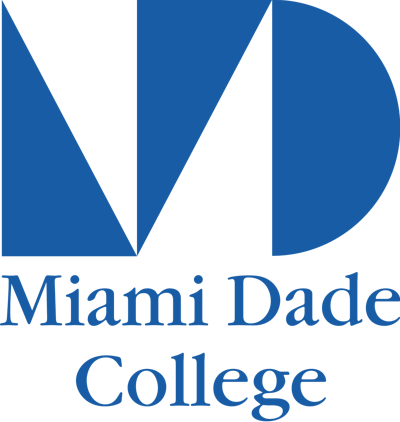
“Success can be measured in two important ways. One is if our graduates are successfully enrolled in graduate school two or three years after graduation and working toward the completion of an advanced degree,” says Mendieta. “The other is if they have successfully entered the workforce and are gainfully employed.”
Other programs include the Parents Academy, which provides information on the student onboarding process, free workshops on FAFSA and the residency application and pre-entry advisement sessions. There is also Mission North Star, which groups community-based organizations to serve underprivileged parents ages 18–29 by identifying gaps in services and crafting academic-focused interventions for those gaps.
San Diego State University
Located near the U.S./Mexico border, San Diego State University (SDSU), a Carnegie Foundation designated high research activity institution, serves 35,587 students, 29% of them Latino and 29% Pell Grant eligible. Approximately two-thirds of the entering transfer students come from the 10 community colleges represented within the San Diego and Imperial Counties Community College Association. SDSU administration meets monthly with the leadership of the community colleges to ensure the pipelines remain effective.
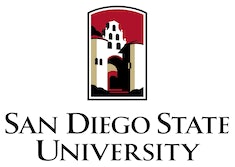
Other initiatives include microsites at community colleges that allow students to receive degrees without being physically present on the SDSU campus. There is also an alumni mentoring program that allows students to meet and learn from former students who have had similar experiences.
Texas A&M University-San Antonio
Texas A&M University-San Antonio was founded to improve educational access to the largely Latino community in the southside of San Antonio. It was established in 2009 as an upper-level institution. The first freshman class was admitted in 2016. In the 2019-20 academic year, 78% of the undergraduate population and 72% of the 2020 grad students identified as Latino.
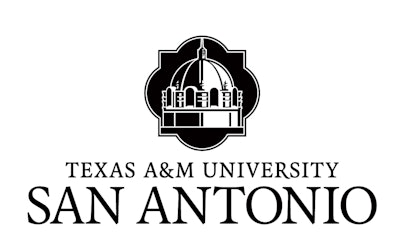
Faculty and staff are well informed so they can direct students to resources essential to wellness, academic success, financial support and emergency relief.
With graduating classes so new, it is too soon to assess success, but Fuentes-Martin says early results of the holistic onboarding model are promising.
In June, Dr. Cynthia Teniente-Matson, president of Texas A&M University-San Antonio, was the featured guest for episode 35 of Diverse’s “In The Margins” podcast titled “Raising a New Wave of First-Generation Students.”
University of California, Merced
Located in an area in which approximately 50% of the population is Latino, the University of California, Merced (UCM) was founded in 2005 to serve the region. Of UCM’s 8,194 undergraduates, 58% are Latino, 73% first-generation college students and 63% federal Pell Grant recipients. Its most recent six-year graduation rate is 64%.

The School of Social Science and Humanities has implemented a multipronged academic advising approach that includes mid-semester grade intervention, academic difficulty support meetings and Jump Start Your Third Year, in which students are advised on the degree requirements needed for completion.
“This recognition reflects the university’s efforts to assist in the recruitment and academic success of Latino students — indeed all our students,” says Dr. Juan Sánchez Muñoz, chancellor of UCM.
In April, Muñoz was the featured guest for episode 26 of Diverse’s “In The Margins” podcast titled “Breaking Barriers in Higher Education.”
University of California, Riverside
Nearly 50% of the University of California, Riverside’s (UCR) more than 22,000 undergraduates identify as Chicano or Latino. The number of Chicano/Latino graduates has tripled from 2010 to 2020, and the six-year graduation rate of 73% vastly exceeds the 54% national average.

A number of programs support Chicano/Latino student success, including a preparation program for medical school. The Mentoring Summer Research Internship Program provides research opportunities, financial support and faculty mentoring.
“As leaders in social mobility, we must continue to develop systems that evolve to address student needs,” says Dr. Kim A. Wilcox, chancellor of UCR. “To prospective Latino students, the Seal of Excelencia is a lodestar, a light showing them where they will receive support to achieve their dreams.”
University of Central Florida
Latinos make up 29% of the University of Central Florida (UCF) undergraduate enrollment. LEAD, a selective two-year academic leadership development program that includes several high-impact practices, launched U-LEAD, a Latino 
Rachel Williams, UCF media relations coordinator, says, “There are countless success stories of LEAD and U-LEAD scholars.”
Jordan Bubar, class of 2021 and a digital strategist for Google, is a prime example.
“LEAD Scholars provided me an outlet to hone my leadership skills and created a community of like-minded individuals who were driven to make a significant impact on their community,” Bubar says.
University of Texas Rio Grande Valley
Launched in fall of 2015, the University of Texas Rio Grande Valley (UTRGV) is located in South Texas along the Texas-Mexico border. Mirroring the local population, over 90% of the student body identifies as Hispanic/Latino. UTRGV is consistently praised for the social mobility of its students, most of whom graduate with minimal debt and obtain employment in line with their degrees.
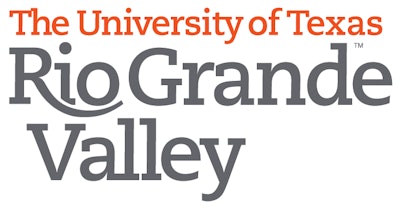
Since 2015, UTRGV has added eight bachelor’s, 12 master’s, one doctoral and one professional degree program. Patrick Gonzales, associate vice president, university marketing and communications, says the university is in the process of adding 12 more degrees over the next few years, including a pharmacy school and a school of podiatric medicine.
“The goal is to create new academic programs that students can pursue in their own backyard,” Gonzales says.
Wilbur Wright College
Part of the City Colleges of Chicago, Wilbur Wright College (WWC) has a 58% Hispanic student population. Dual enrollment/early college opportunities have been impactful with Latino high school students, with more than 1,000 high 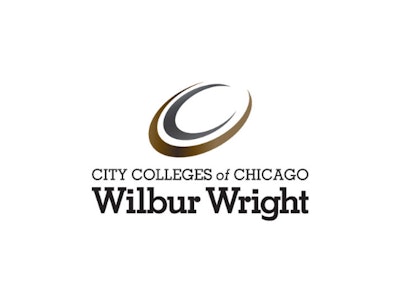
WWC offers bilingual programming, Noche de Familia, for Spanish-speaking parents and guardians so they have thorough information. This program has led to an increase in early college enrollment over the past five years with 59% of the students identifying as Hispanic.
“Wright College, like all of the City Colleges of Chicago, is an educational engine for individual and community success,” says Dr. David Potash, president of WWC. “As we intentionally listen and build trust — ‘confianza’ —with our students and their families, we provide a high-quality education and robust supports that unlock our students’ tremendous capacity."
"They are intelligent, hard-working, ambitious and driven by the best values,” he adds. “Their successes build a culture and practice of ‘yes, we can’ or ‘si, podemos.’”
This article originally appeared in the December 9, 2021 edition of Diverse. Read it here.


